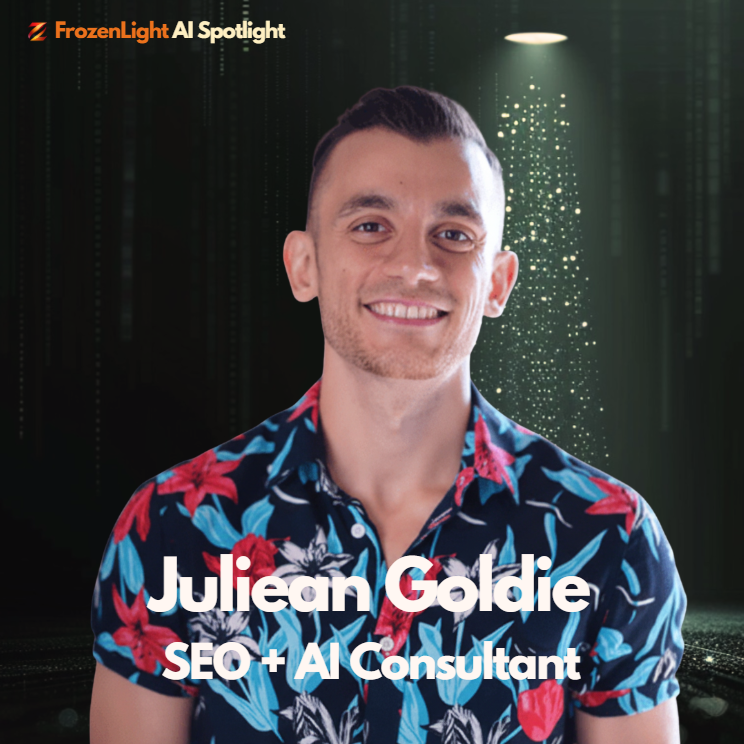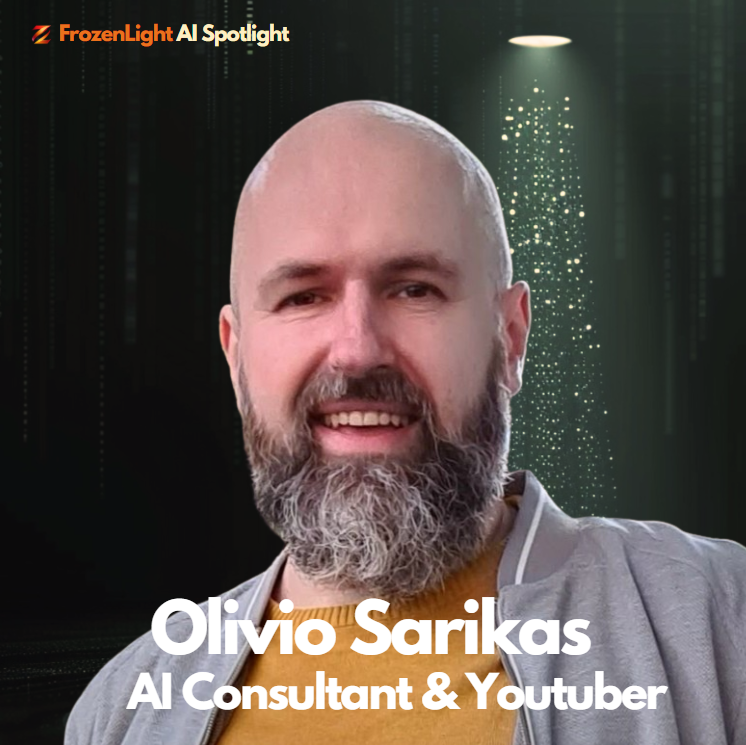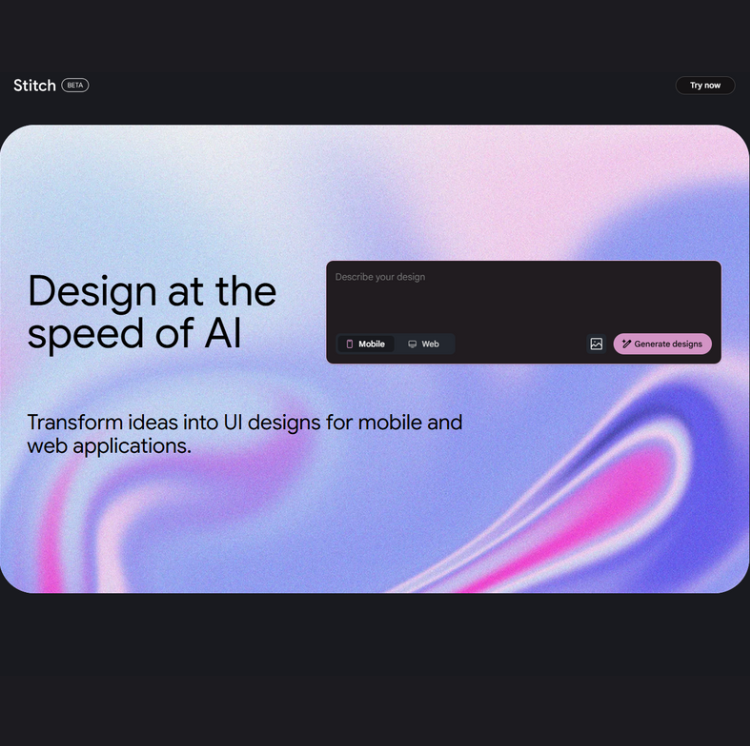
NVIDIA has released AceReason-Nemotron-14B, a 14-billion parameter open-source model focused on reasoning in math and code.
It was trained using reinforcement learning - first on math problems, then on code challenges - aiming to solve logic-heavy tasks more accurately than traditional language models.
It’s now live on Hugging Face for anyone to download and use.
What the Company Is Saying
NVIDIA shared benchmarks showing real improvements:
-
78.6% on AIME 2024
-
67.4% on AIME 2025
-
61.1% on LiveCodeBench v5
-
54.9% on LiveCodeBench v6
These scores show that the model can reason through multi-step problems and generate better solutions in both math and programming.
They’re not just releasing a model - they’re laying a foundation for building agentic AI systems.
As Jensen Huang, CEO of NVIDIA, said:
“NVIDIA’s open reasoning models, software and tools give developers and enterprises everywhere the building blocks to create an accelerated agentic AI workforce.”
- NVIDIA Press Release, March 18, 2025
What That Means (In Human Words)
NVIDIA isn’t trying to make a new assistant.
They’re giving developers a toolbox - free, open, and built to think clearly through complex problems.
AceReason doesn’t do small talk.
It’s designed to help engineers, coders, and researchers solve hard problems in math and programming by improving how the model reasons step-by-step.
It’s something you build with, not something you talk to.
What Does Reinforcement Learning Mean?
When NVIDIA says this model was trained using reinforcement learning, here’s what they really mean:
It’s like giving the AI feedback while it learns - so it can try different answers and get told which ones are better.
Instead of just copying examples like in normal training, the model goes through a loop:
-
It tries to answer a problem
-
It gets a score or “reward” based on how good the answer is
-
It adjusts to do better next time
This is helpful for tasks like math and code, where there isn’t just one right-sounding sentence - there’s a right answer that needs logical steps to reach it.
Reinforcement learning helps the model learn to take those steps more accurately.
So in simple words:
It’s not just trained to talk - it’s trained to solve.
What DeepSeek R1 Distilled and Qwen-14B Have to Do With It
When you try to develop an AI algorithm, knowing your goal-what you want it to actually do-is key.
That’s where Qwen-14B and DeepSeek R1 Distilled come in.
Not only are these modules free to use (yes, Qwen-14B is open source), but they were also built with something rare in the LLM world: focus.
And we know - saying “focused” can sound vague.
But what we mean is this:
These models were trained with a very specific purpose in mind.
They don’t have to handle everything, like Gemini or ChatGPT do.
They’re not trying to carry a conversation, be politically correct, understand nuance, or help you write a poem.
They’re designed to do one thing well - and because of that, they don’t get overwhelmed.
That’s why they’re great starting points for building something like AceReason.
When you start with a model that’s already tuned to be sharp and narrow, it’s easier to train it for tasks that have little or nothing to do with talking - like solving math problems or writing functional code.
How It Compares: Model Purpose & Scope
|
Model |
Base Architecture |
Purpose |
Conversation Ready? |
Training Type |
Open Source? |
Main Strength |
|
AceReason-Nemotron-14B |
DeepSeek-R1-Distilled-Qwen-14B |
Focused math & code reasoning |
❌ No |
Reinforcement learning (math/code) |
✅ Yes |
Structured reasoning, logic-based tasks |
|
GPT-4 (ChatGPT) |
Proprietary |
General-purpose assistant |
✅ Yes |
Supervised + RLHF |
❌ No |
Language fluency, multi-domain utility |
|
Gemini (Google) |
Proprietary |
Multimodal assistant (text, image, code) |
✅ Yes |
Multimodal + fine-tuning + RLHF |
❌ No |
Integrates across Google ecosystem |
|
Mistral 7B |
Transformer (dense) |
Lightweight, fast open-source LLM |
❌ No (not by default) |
Next-token prediction |
✅ Yes |
Speed, token efficiency, extendable |
|
Qwen-14B |
Alibaba's Transformer |
Base open model used in many projects |
❌ No |
Pretrained, instruction tuned |
✅ Yes |
Language + reasoning foundation |
Bottom Line
-
Cost:
Free for research and commercial use under NVIDIA’s Open Model License -
Q2_K (2-bit): 5.77 GB
-
Q4_K_M (4-bit): 8.99 GB
-
Q8_0 (8-bit): 15.7 GB
-
F16 (16-bit): 29.5 GB
Frozen Light Team Perspective
This move by NVIDIA says a lot.
First, they’re clearly making a play at the LLM vendors, even if they’re not saying it out loud.
They’re plugging into the open-source message so they can quietly steer the conversation away from:
“Hey, we’re building LLMs now,”
and toward:
“We’re just supporting developers.”
But if you really stop and look - this screams:
NVIDIA just went from talking about chips… to making models.
And not just any models - ones trained to reason, learn, and build knowledge.
And let’s talk about the modules they chose.
This is where it gets interesting.
They picked DeepSeek, which might sound like just another open-source project…
But under the surface, it’s trying to be your assistant too - only dressed up as open-source.
Why does that matter?
Because culture and training data shape how a model thinks.
And DeepSeek doesn’t come from the same place as GPT-4 or Gemini.
So its biases, style, and priorities are different.
In the AI world, we know that as:
“What you train on is what you’ll get.”
And here’s the truth - training a model to be bias-free, politically correct, and good at conversation is really hard.
So NVIDIA didn’t bother.
They aimed at something much cleaner:
Math and programming.
No politics. No feelings.
Just a universal language, where you don’t have to worry about offending anyone.
That’s not a side note - it’s the whole strategy.
Because the real AI war isn’t about who builds the friendliest assistant.
It’s about who owns the data.
And NVIDIA can’t count on someone else to feed them what they need.
If your business is infrastructure, you better understand the programs being built on top of it.
And how do you do that?
Easy.
Plug in to raw, unfiltered developer needs.
Start collecting signals.
Create a line between you and your audience - before someone else does.
Let’s not forget:
Every big leap in AI has been powered by infrastructure and GPUs.
That’s NVIDIA’s territory. And they plan to stay there.
But to stay relevant, they need to keep inspiring developers.
And this?
This is their next big idea.
And we have to give it to them:
They read the room.
They knew open source would speak straight to the heart of real development.
They knew data is the new currency - and we’ve already spent so much of ours for free, just to use what others built.
So here’s what we’ll say loud and clear:
If you’re a developer,
your data is not just traffic.
It’s capital.
And if you don’t claim it now, someone else will.
This release?
Not just about reasoning.
It’s about positioning.
Ownership.
And making sure they never sit out the next phase of the game.








